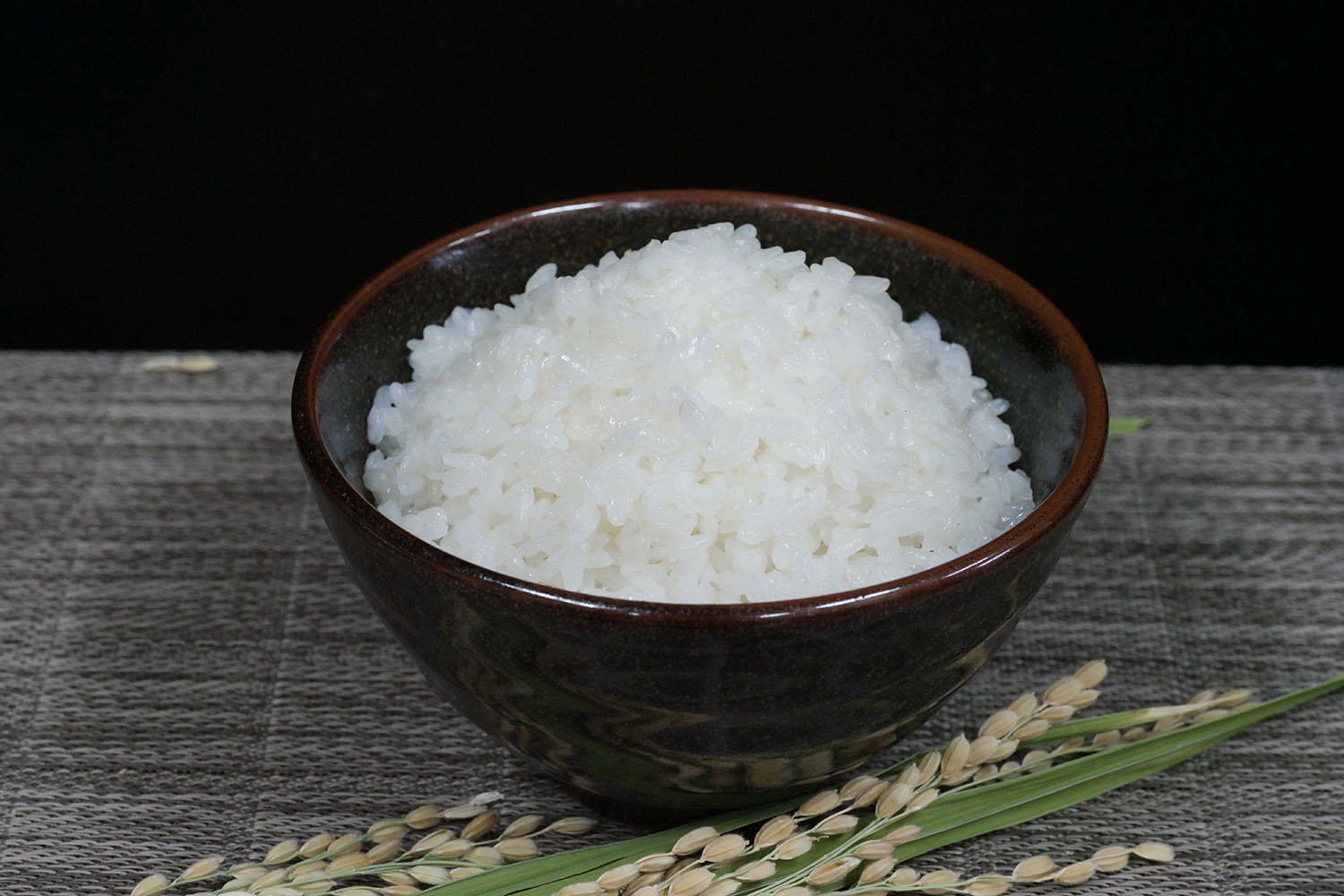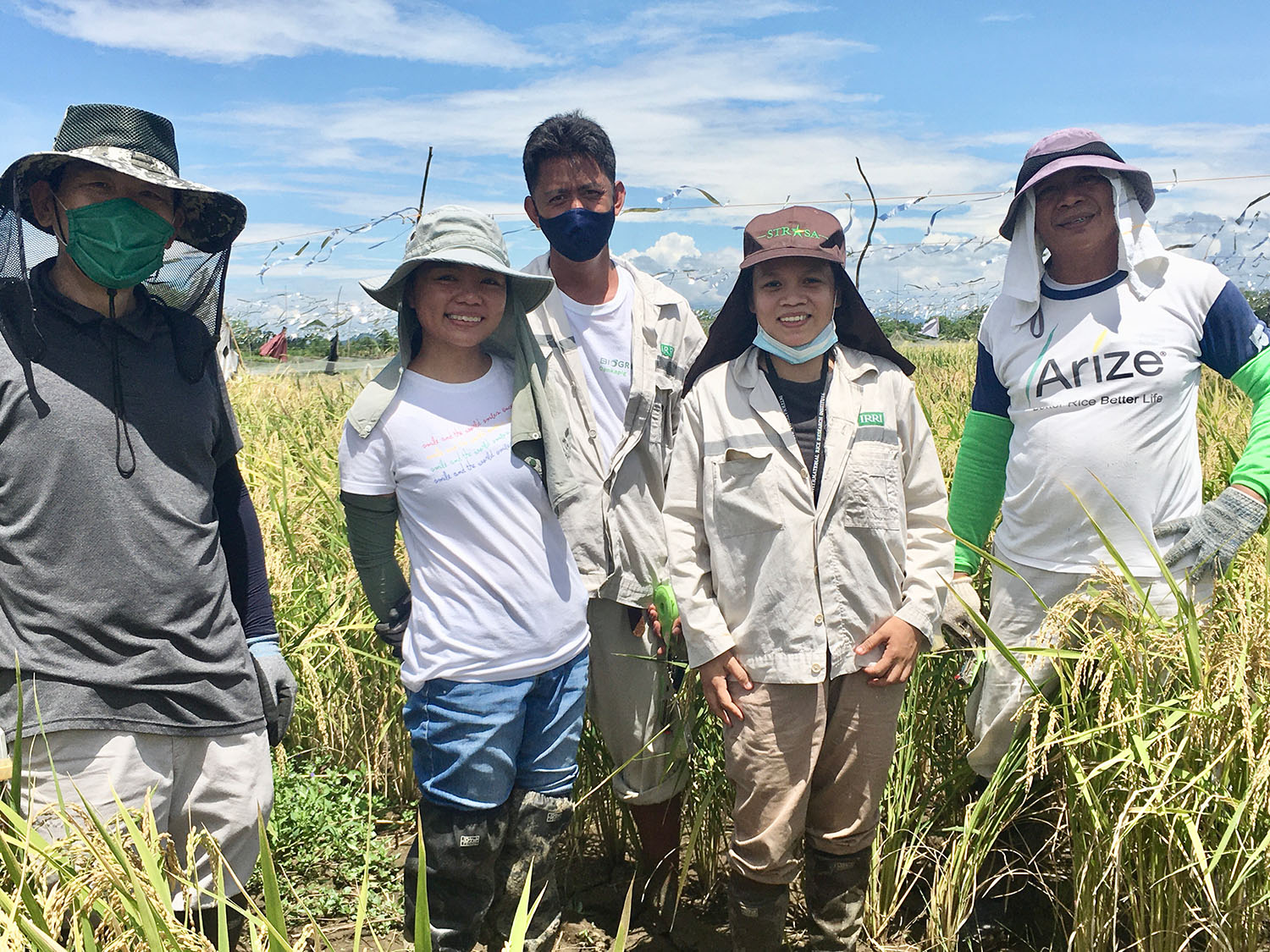Field trial shows opportunity for Filipino rice farmers to plant premium japonica rice varieties for the lucrative local market

Based on the successful field trials of new japonica rice varieties developed to thrive in tropical countries like the Philippines, local farmers have the opportunity to tap the premium rice market and earn higher income.
Although japonica rice is not expected to be widely used for household consumption, the growing popularity of Japanese and Korean cuisines in the Philippines opens a new market for locally produced Japonica rice. Filipino farmers can cater to the growing demand of the food and restaurant industry offering Japanese and Korean dishes.
Preliminary market studies have shown that japonica rice can commands much higher prices than other local premium varieties. On the average, the price of Japonica rice is Php 60.00 per kilogram (kg) compared to Sinandomeng (Php 42.00/kg) and Dinorado (Php 48.00/kg).
However, many temperate japonica rice varieties are poorly adapted to tropical environments where they produce low yields and grain quality and are susceptible to pest and diseases. Through the efforts of the Germplasm Utilization Value Added (GUVA) Project, japonica rice varieties can now be planted under tropical climate conditions.
The japonica varieties of the GUVA Project yielded an average of 3-4 tons/hectare (t/ha) per season and a milling recovery of 60-70%. When cooked, the grains have excellent eating quality and has low amylose content, a desirable trait found in temperate japonica varieties absent in existing tropical japonicas cultivated by farmers.
In field trials at the International Rice Research Institute (IRRI) and the Philippine Rice Research Institute (PhilRice) in the 2021 dry season, Japonica 7, the most recent variety developed by GUVA, produced higher yield (7.0 t/ha) than high-yielding indica varieties such as NSIC Rc 222, Tubigan 18, and NSIC Rc 238, Tubigan 21 (average of 6.8 t/ha). In farmer participatory varietal selection conducted in Brgy. Luancupang, La Paz, Tarlac, Japonica 7 produced 4.7 t/ha, the highest among the GUVA japonica varieties tested.
In both IRRI and PhilRice field trials, GUVA japonica varieties required less phosphorus and potassium than indica varieties. Additionally, most of the japonica varieties developed by GUVA exhibited intermediate resistance to certain diseases such as blast and bacterial leaf blight and insect pests such as stem borer and brown plant hopper.
Established in 1992, GUVA is a collaborative project of the Rural Development Administration of the Korean Government, IRRI and PhilRice. In 2008, GUVA released Maligaya Special 11, a semidwarf, early-maturing variety that has the typical characteristics of japonica grain—short rounded shape, low amylose content, and low gelatinization temperature.
